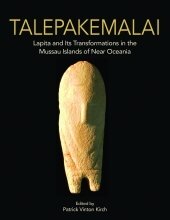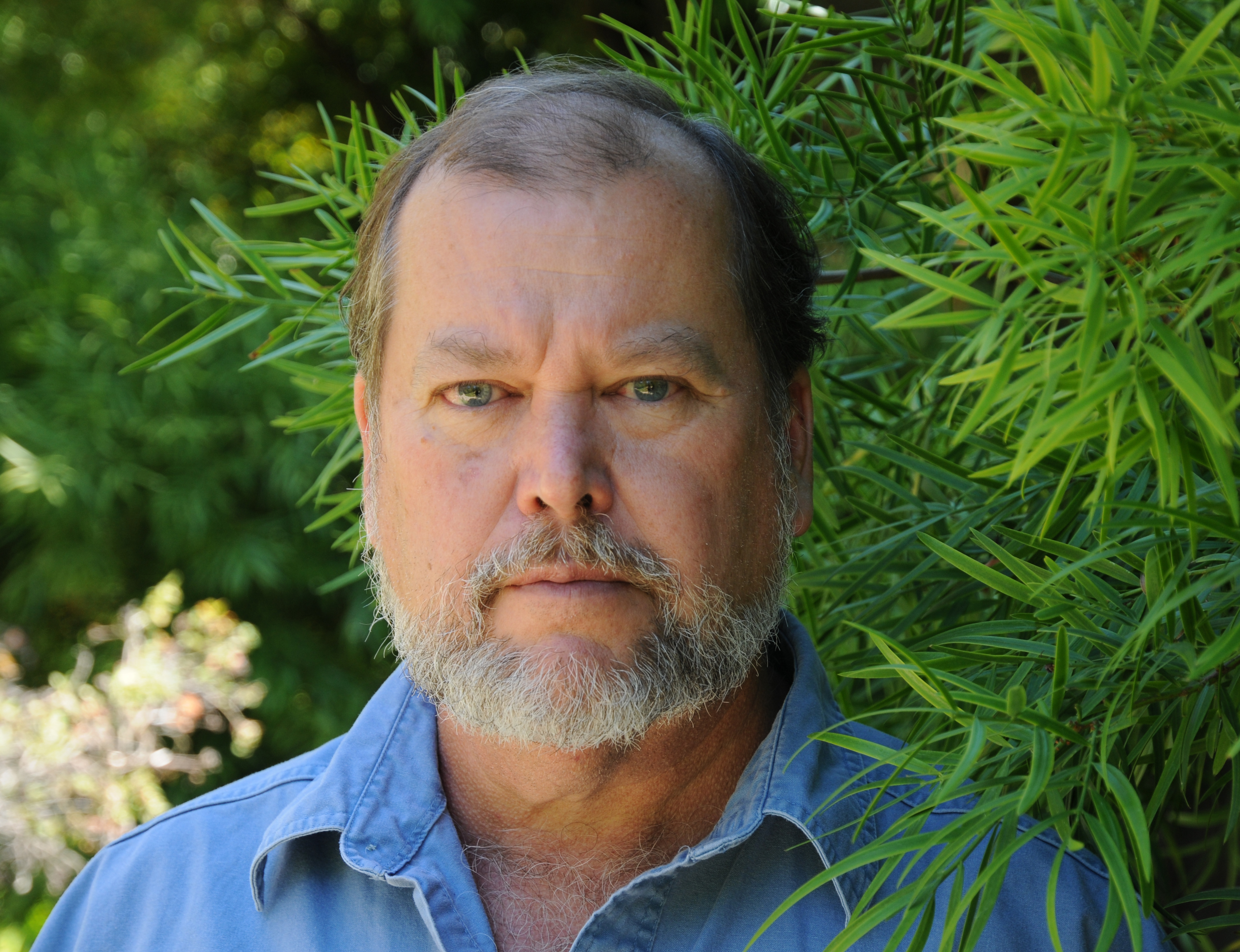Event: Author Spotlight - Talepakemalai: The Significance of the Lapita Culture in the Settlement of Oceania
Event Details
 Talepakemalai, in the Mussau Islands of Papua New Guinea, excavated by Patrick Kirch between 1985-1988, is the earliest and largest site of the Lapita Cultural Complex, which was ancestral to most of the later cultures of island Melanesia, Micronesia, and Polynesia. With a unique waterlogged component, Talepakemalai preserved the wooden posts of a stilt house dated to 1300-1100 BCE. Associated with the stilt house was a large assemblage of elaborately-decorated pottery, many of the vessels displaying human face motifs, along with a diversity of artifacts in shell, bone, and stone. Prof. Kirch will discuss these finds, and their significance for understanding the role of the Lapita people in the settlement of Oceania.
Talepakemalai, in the Mussau Islands of Papua New Guinea, excavated by Patrick Kirch between 1985-1988, is the earliest and largest site of the Lapita Cultural Complex, which was ancestral to most of the later cultures of island Melanesia, Micronesia, and Polynesia. With a unique waterlogged component, Talepakemalai preserved the wooden posts of a stilt house dated to 1300-1100 BCE. Associated with the stilt house was a large assemblage of elaborately-decorated pottery, many of the vessels displaying human face motifs, along with a diversity of artifacts in shell, bone, and stone. Prof. Kirch will discuss these finds, and their significance for understanding the role of the Lapita people in the settlement of Oceania.
 Patrick V. Kirch is Professor of Anthropology at the University of Hawai‘i, Mānoa, and Professor Emeritus of Anthropology and Integrative Biology at the University of California, Berkeley. Born and raised in Hawai‘i, Kirch received his Ph.D. from Yale University. Kirch has held positions at the Bernice P. Bishop Museum, the University of Washington, and from 1989-2014 taught at U. C. Berkeley. Kirch uses islands as “model systems” for understanding both cultural evolution and the complex dynamics between humans and their island ecosystems. He has carried out archaeological fieldwork in the Mussau Islands, Solomon Islands, Tonga, Samoa, Futuna, the Cook Islands, Society Islands, Mangareva Islands, and Hawaiian Islands. Kirch has published some 25 books and monographs, and more than 300 articles and chapters on the results of his research. Among his honors are the John J. Carty Award for the Advancement of Science (NAS), the J. I. Staley Prize (School for Advanced Research), and the Herbert E. Gregory Medal (Pacific Science Association). In 2022 he was named a “Living Treasure of Hawai’i” by the Honpa Hongwanji Mission.
Patrick V. Kirch is Professor of Anthropology at the University of Hawai‘i, Mānoa, and Professor Emeritus of Anthropology and Integrative Biology at the University of California, Berkeley. Born and raised in Hawai‘i, Kirch received his Ph.D. from Yale University. Kirch has held positions at the Bernice P. Bishop Museum, the University of Washington, and from 1989-2014 taught at U. C. Berkeley. Kirch uses islands as “model systems” for understanding both cultural evolution and the complex dynamics between humans and their island ecosystems. He has carried out archaeological fieldwork in the Mussau Islands, Solomon Islands, Tonga, Samoa, Futuna, the Cook Islands, Society Islands, Mangareva Islands, and Hawaiian Islands. Kirch has published some 25 books and monographs, and more than 300 articles and chapters on the results of his research. Among his honors are the John J. Carty Award for the Advancement of Science (NAS), the J. I. Staley Prize (School for Advanced Research), and the Herbert E. Gregory Medal (Pacific Science Association). In 2022 he was named a “Living Treasure of Hawai’i” by the Honpa Hongwanji Mission.


